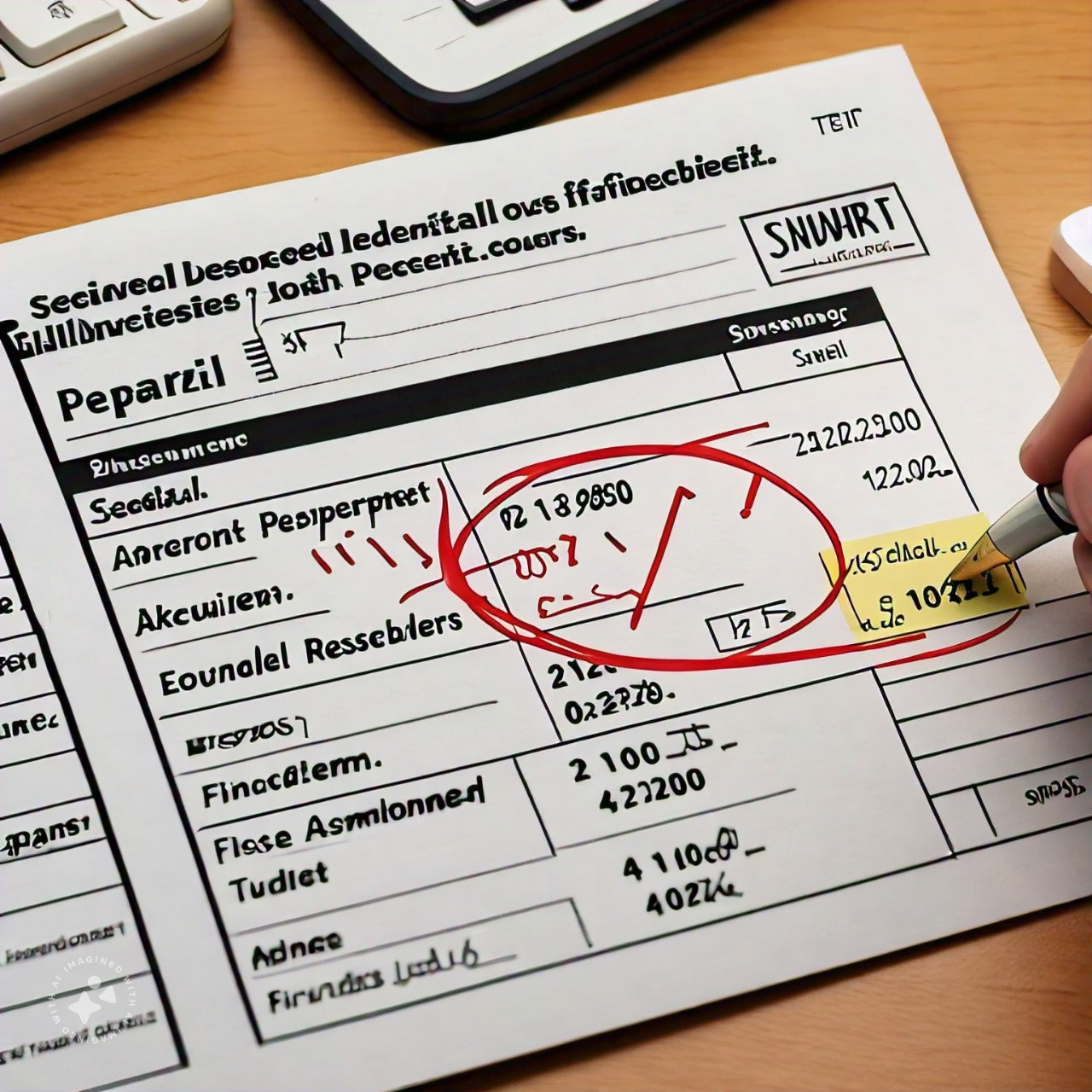Understanding the taxes deducted from your paycheck in New York is crucial for effective financial planning. This article provides an in-depth look at the various taxes that impact your take-home pay in the Empire State, including federal, state, and local taxes, as well as other mandatory deductions.
Table of Contents
ToggleFederal Income Tax
The first and often largest tax deduction from your New York paycheck is federal income tax. This tax is levied by the Internal Revenue Service (IRS) and is based on a progressive tax system. As of 2024, federal tax rates range from 10% to 37%, depending on your income level and filing status.
Key points about federal income tax:
- Tax brackets: There are seven federal tax brackets. Your income is taxed at progressively higher rates as it moves through each bracket.
- Standard deduction: For 2024, the standard deduction is $13,850 for single filers and $27,700 for married couples filing jointly.
- Withholding: Your employer calculates federal tax withholding based on the information you provide on Form W-4.
- Adjustments: You can adjust your withholding by submitting a new W-4 to your employer.
New York State Income Tax
In addition to federal taxes, New York residents pay state income tax. New York also uses a progressive tax system, with rates ranging from 4% to 10.9% as of 2024.
Important aspects of New York state income tax:
- Tax brackets: New York has eight tax brackets. The highest rate of 10.9% applies to incomes over $25 million.
- Standard deduction: New York offers a standard deduction of $8,000 for single filers and $16,050 for married couples filing jointly (2024 figures).
- Credits: New York offers various tax credits that can reduce your tax liability, such as the Empire State Child Credit and the Earned Income Credit.
- Withholding: Like federal taxes, state taxes are typically withheld from each paycheck based on your projected annual income.
Local Income Taxes
Some localities in New York impose additional income taxes. The most significant of these is the New York City income tax, which affects residents of the five boroughs.
New York City income tax details:
- Rates: NYC income tax rates range from 3.078% to 3.876% (as of 2024), depending on income and filing status.
- Yonkers: Residents of Yonkers pay an additional income tax of 16.75% of their net state tax.
- Withholding: These local taxes are typically withheld from paychecks for residents of affected areas.
Social Security and Medicare (FICA Taxes)
Federal Insurance Contributions Act (FICA) taxes fund Social Security and Medicare programs. These are flat taxes that apply to most workers.
FICA tax breakdown:
- Social Security tax: 6.2% of wages up to the annual wage base ($168,600 in 2024).
- Medicare tax: 1.45% of all wages, with an additional 0.9% on earnings above $200,000 (single) or $250,000 (married filing jointly).
- Employer match: Your employer matches your FICA contributions, effectively doubling the amount paid into these programs.
New York State Disability Insurance (SDI)
New York requires employers to provide short-term disability insurance. This is typically funded through payroll deductions.
SDI details:
- Maximum contribution: $0.60 per week (as of 2024).
- Benefits: Provides partial wage replacement for off-the-job injuries or illnesses.
Paid Family Leave (PFL)
New York’s Paid Family Leave program provides wage replacement to employees who need to take time off for specific family care purposes.
PFL contribution details:
- Rate: 0.373% of your weekly wage (as of 2024).
- Maximum annual contribution: $399.43 (2024).
- Benefits: Provides up to 12 weeks of paid leave for qualifying events.
Unemployment Insurance
While unemployment insurance is primarily funded by employers, in some cases, highly compensated employees may see a small deduction for this insurance.
Additional Voluntary Deductions
While not taxes, other deductions can impact your take-home pay:
- 401(k) or other retirement contributions
- Health insurance premiums
- Flexible Spending Account (FSA) or Health Savings Account (HSA) contributions
- Union dues
- Wage garnishments (if applicable)
Calculating Your Take-Home Pay
To estimate your take-home pay:
- Start with gross pay
- Subtract pre-tax deductions (e.g., some retirement contributions, health insurance premiums)
- Calculate and subtract federal income tax
- Calculate and subtract New York state income tax
- Calculate and subtract local income tax (if applicable)
- Subtract FICA taxes
- Subtract other mandatory deductions (SDI, PFL)
- Subtract any post-tax voluntary deductions
The result is your estimated net pay or take-home amount.
Factors Affecting Tax Deductions
Several factors can influence the amount of tax deducted from your paycheck:
- Income level: Higher income generally means higher tax rates due to the progressive tax system.
- Filing status: Whether you’re single, married filing jointly, or head of household affects your tax rates and standard deduction.
- Number of allowances/dependents: This information on your W-4 form affects withholding calculations.
- Additional income sources: If you have other income (e.g., investments, side gigs), you may need to adjust your withholding to avoid underpayment penalties.
- Deductions and credits: Large deductions or credits can reduce your tax liability and may justify reducing your withholding.
Optimizing Your Withholding
While it’s important to pay enough in taxes to avoid penalties, overwithholding means you’re giving an interest-free loan to the government. To optimize your withholding:
- Review your W-4 annually or when you experience major life changes (marriage, new child, job change).
- Use the IRS Tax Withholding Estimator tool to check if your current withholding is appropriate.
- Consider your total tax picture, including other income sources and potential deductions or credits.
- Adjust your W-4 if needed to align your withholding more closely with your actual tax liability.
Conclusion
Understanding the taxes deducted from your paycheck in New York involves considering multiple layers of taxation and mandatory deductions. While federal and state income taxes often form the largest deductions, it’s crucial to account for local taxes, FICA contributions, and state-specific programs like SDI and PFL.
By familiarizing yourself with these various components and regularly reviewing your withholding, you can ensure that you’re paying the right amount of tax throughout the year. This knowledge empowers you to make informed financial decisions, avoid surprises at tax time, and optimize your cash flow.
Remember that tax laws and rates can change annually, so it’s wise to stay informed about updates that may affect your paycheck deductions. When in doubt, consult with a tax professional who can provide personalized advice based on your specific financial situation.


